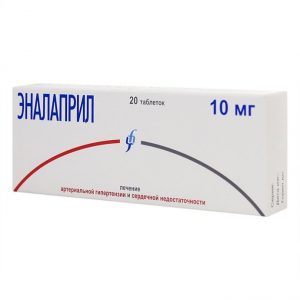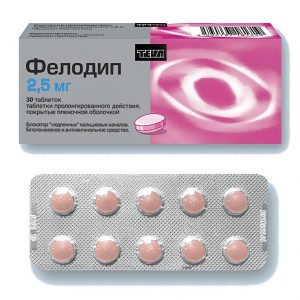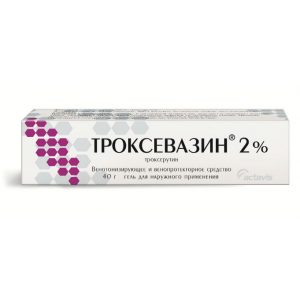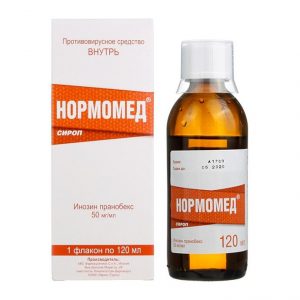Description
Pharmacological action of
A vasodilating, improves microcirculation, normalizes the rheological properties of blood. Pentoxifylline reduces blood viscosity, causes platelet disaggregation, increases the elasticity of red blood cells (due to the effect on pathologically altered red blood cell deformability, increases red blood cell count). It increases the concentration of cAMP in platelets and ATP in erythrocytes with simultaneous saturation of the energy potential, which in turn leads to vasodilation, a decrease in heart rate, an increase in stroke volume and minute blood volume without a significant change in heart rate. Expanding coronary arteries, increases oxygen delivery to the myocardium, dilating the vessels of the lungs, improves blood oxygenation. Increases the tone of the respiratory muscles (intercostal muscles and diaphragm). Increases the concentration of ATP in the brain, favorably affects the bioelectric activity of the central nervous system. It improves microcirculation in areas of impaired blood supply. In case of occlusive lesion of the peripheral arteries (intermittent claudication), it leads to an increase in walking distance, elimination of night cramps of calf muscles and pain at rest.
Indications
Peripheral circulatory disorders of atherosclerotic origin (e.g. intermittent claudication). Diabetic angiopathy. Trophic disorders (e.g. leg ulcers, gangrene). Cerebral circulatory disorders (consequences of cerebral atherosclerosis, such as impaired attention concentration, dizziness, memory impairment). Ischemic and post-stroke states. Circulatory disorders in the retina choroid of the eye. Otosclerosis. Degenerative changes against the background of pathology of the vessels of the inner ear and hearing loss.
Contraindications
Acute myocardial infarction, massive bleeding, cerebral hemorrhage, massive retinal hemorrhage, pregnancy, lactation (breastfeeding), children and adolescents under 18 years of age, hypersensitivity to pentoxifylline, other derivatives of methylx.
Composition of
Each coated tablet contains:
active ingredient: pentoxifylline – 100 mg
excipients:
core: lactose monohydrate – 91.940 mg, corn starch – 23,000 mg, talc – 2,200 mg silicon, magnesium, 2,200 mg, magnesium colloidal dioxide – 0.660 mg
shell: sodium carmellose – 1.442 mg, crystalline sucrose – 80.174 mg, powdered sucrose – 16.994 mg, talc – 22.907 mg, titanium dioxide – 5.090 mg, colloidal silicon dioxide – 0.848 mg, acacia gum – 2.545 mg.
Dosage and administration
Tablets are taken whole, without chewing, during or immediately after meals, washed down with a sufficient amount of water. The drug is administered orally at 100 mg (1 tab.) 3 times / day, followed by a gradual increase in dose to 200 mg 2-3 times / day. The maximum single dose is 400 mg. The maximum daily dose is 1200 mg. In patients with liver failure and with severe renal impairment (CC less than 30 ml / min), the dose can be reduced to 400-800 mg / day.
Side effects
From the side of the central nervous system: headache, dizziness, anxiety, sleep disturbances, convulsions. Dermatological reactions: hyperemia of the skin of the face, flushing of the skin of the face and upper chest, swelling, increased fragility of the nails. From the digestive system: dry mouth, decreased appetite, intestinal atony, exacerbation of cholecystitis, cholestatic hepatitis, increased activity of liver transaminases and ALP. On the part of the organ of vision: visual impairment, scotoma. On the part of the cardiovascular system: tachycardia, arrhythmia, cardialgia, progression of angina pectoris, decreased blood pressure. On the part of the hematopoietic system: thrombocytopenia Ia, leukopenia, pantsitopeniya.So the blood coagulation system: gipofibrinogenemia bleeding vessels in the skin, mucous membranes, stomach, kishechnika.Allergicheskie reactions: itching, skin flushing, urticaria, angioneurotic edema, anaphylactic shock.
Overdose
Symptoms: nausea, dizziness, tachycardia, decreased blood pressure, arrhythmia, flushing of the skin, chills, loss of consciousness, areflexia, tonic-clonic seizures. Treatment: if necessary, symptomatic therapy is carried out. The patient should be given a horizontal position with raised legs. A specific antidote is unknown. The vital functions of the body are monitored and general measures aimed at maintaining them are monitored, the airways are blocked. In case of convulsions, diazepam.
Active ingredient
Pentoxifylline
lekarstvennaja form
tablets




